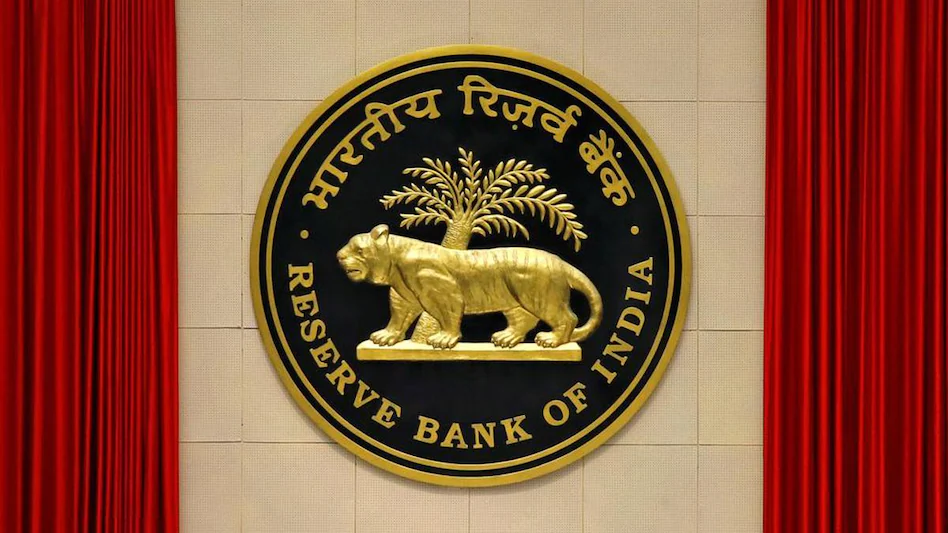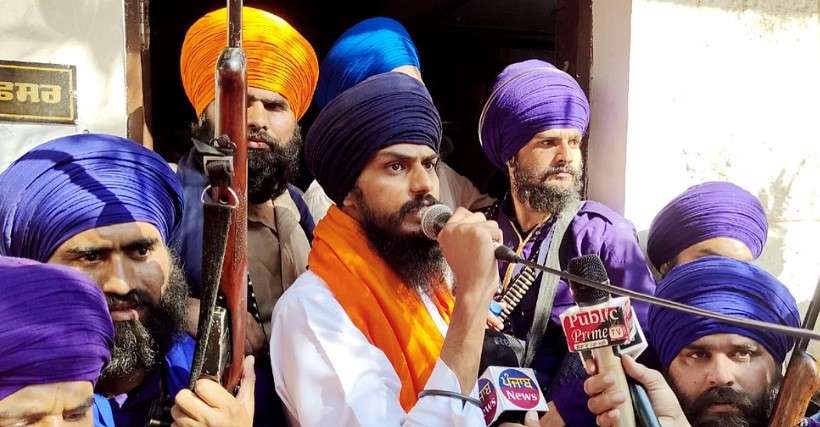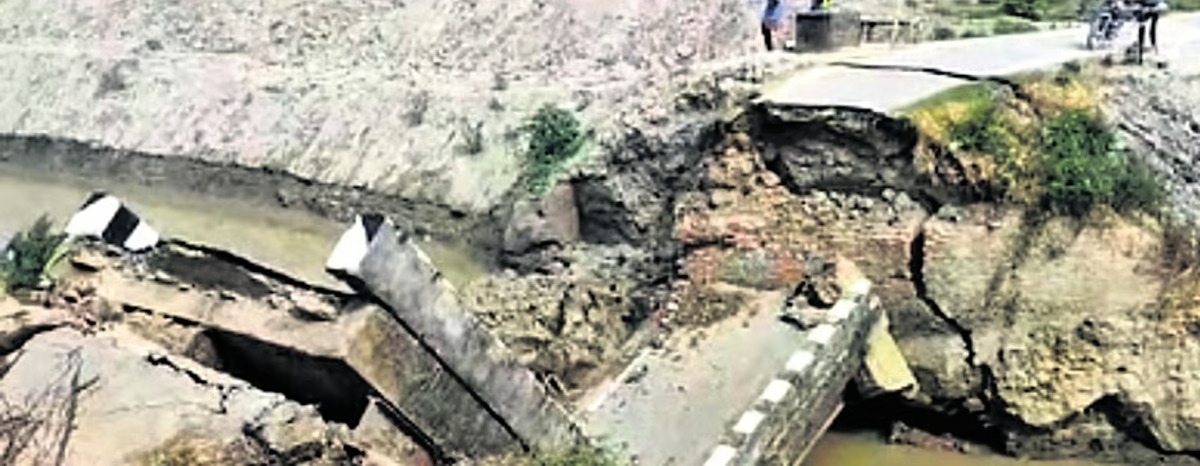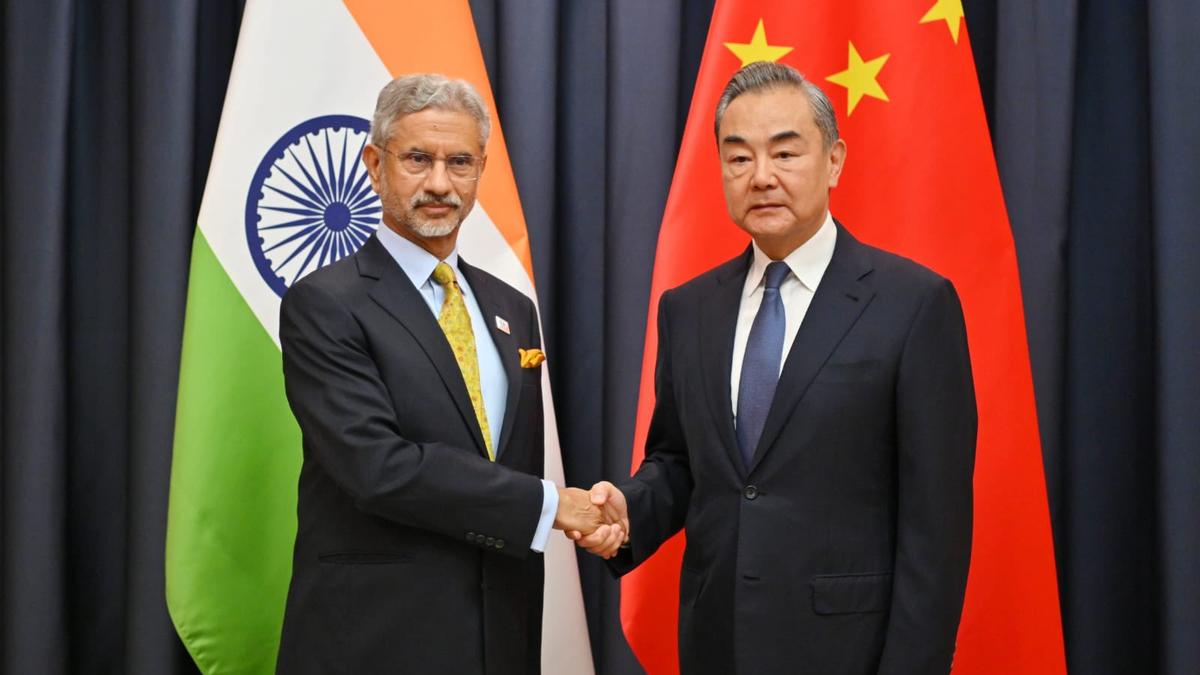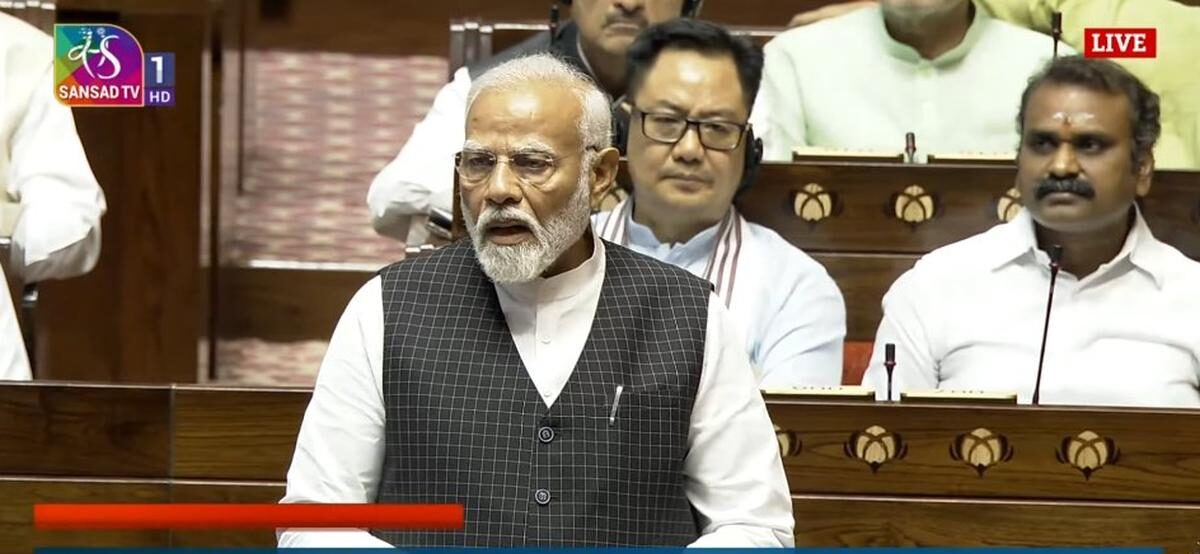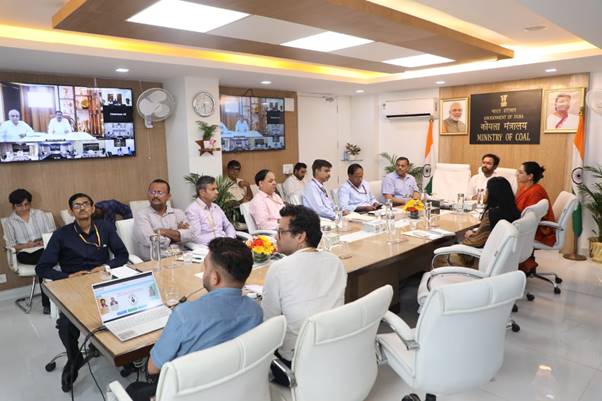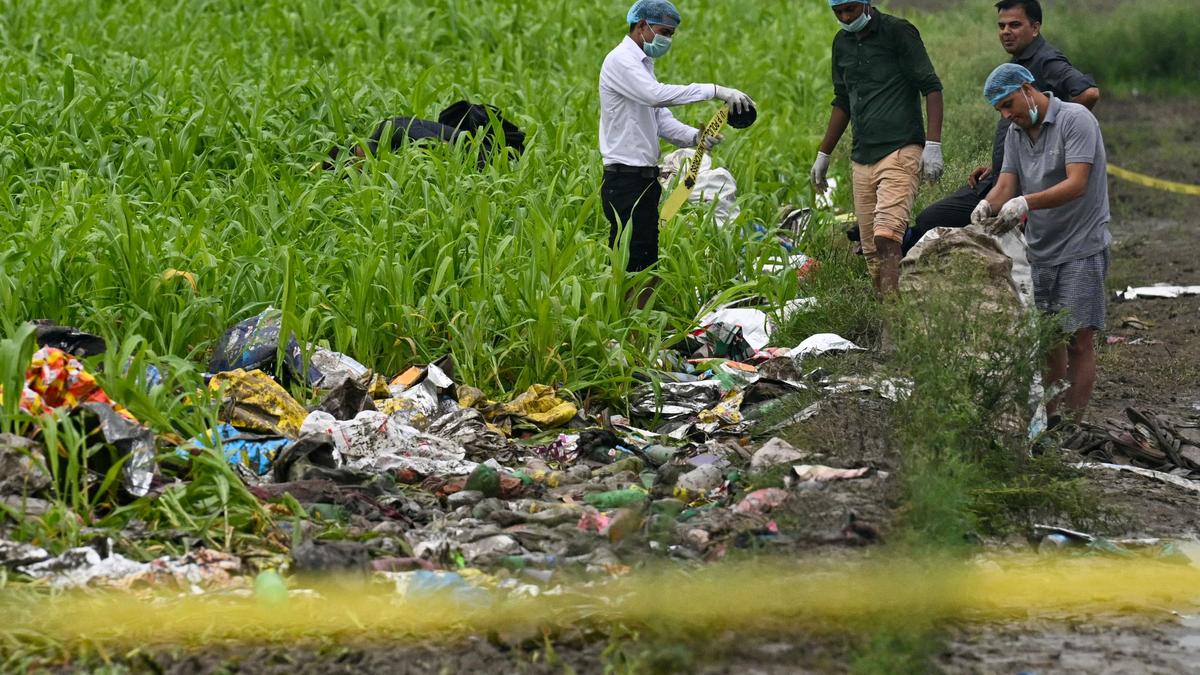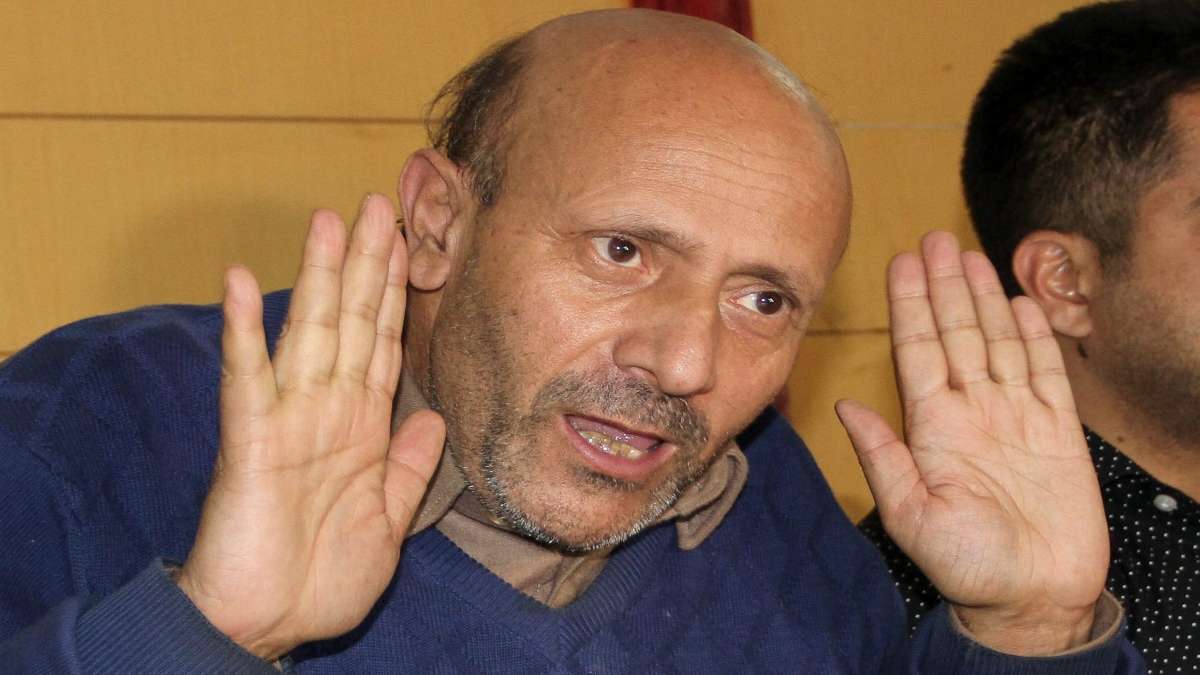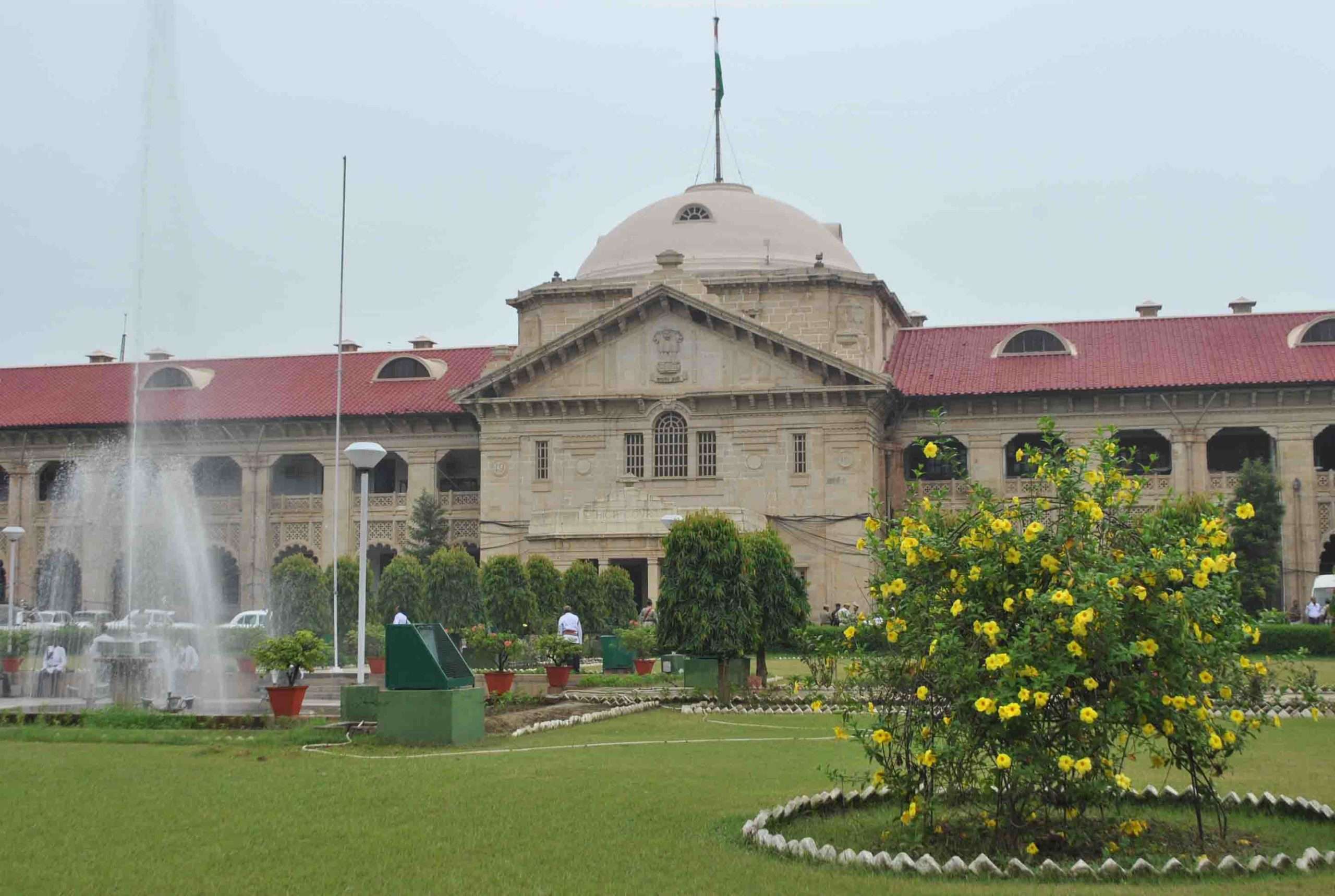The Reserve Bank of India (RBI) on November 29, 2022, announced that the retail digital rupee (e ₹-R) will be launched in Mumbai, New Delhi, Bengaluru, and Bhubaneswar on December 01, 2022, on a pilot basis.
This follows a month after the RBI started a pilot in the digital rupee–wholesale segment on November 1, 2022.
The RBI has identified eight banks for phase-wise participation in this trial. The first phase of the retail digital rupee will begin with four banks — State Bank of India, ICICI Bank, Yes Bank, and IDFC First Bank, the RBI said. Bank of Baroda, Union Bank of India, HDFC Bank, and Kotak Mahindra Bank, will join the pilot later.
The retail Central Bank Digital Currency (CBDC) will initially cover Mumbai, New Delhi, Bengaluru, and Bhubaneswar, but will later be expanded to Ahmedabad, Gangtok, Guwahati, Hyderabad, Indore, Kochi, Lucknow, Patna, and Shimla.
“The e ₹-R would be in the form of a digital token that represents legal tender. It would be issued in the same denominations that paper currency and coins are currently issued,” the RBI said in a statement.
The advantage of Central Bank Digital Currency (CBDC) over existing digital payment systems is that payments through digital currency will be final and without the need for interbank settlement.
Distributed by banks, users will be able to transact with e ₹-R through digital wallets offered by participating banks and stored on mobile phones.
According to the RBI, digital currency transactions can be both person-to-person (P2P) and person-to-merchant (P2M). It states that payments can be made to merchants using Quick Response (QR) codes displayed at merchant locations.
“The e ₹-R would offer features of physical cash like trust, safety, and settlement finality. As in the case of cash, it will not earn any interest and can be converted to other forms of money, like deposits with banks,” RBI said.
“The scope of the pilot may be expanded gradually to include more banks, users and locations as needed,” it said.


